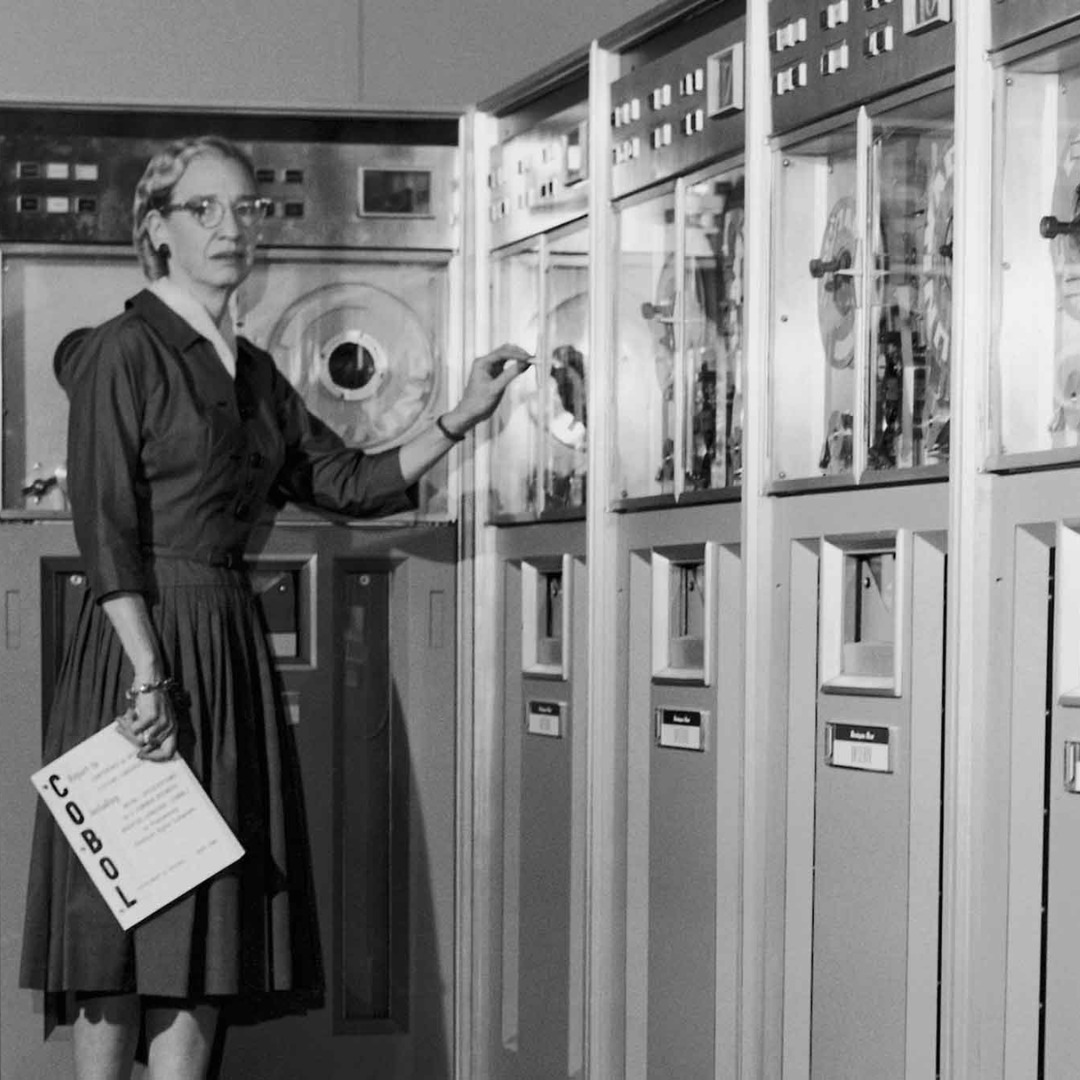In the vast landscape of scientific exploration, technological innovation, engineering marvels, and mathematical breakthroughs, the contributions of women often stand as shining examples of resilience, intellect, and determination. Despite facing numerous challenges in historically male-dominated industries, women have made remarkable strides in STEM (Science, Technology, Engineering, and Mathematics), leaving an indelible mark on human progress. As we celebrate Women’s History Month, it’s imperative to shine a spotlight on the achievements of these trailblazers, whose discoveries and innovations have transformed our world.
Pioneering Women in Science:
Marie Curie: One cannot discuss women in STEM without mentioning Marie Curie, the iconic physicist and chemist who became the first woman to win a Nobel Prize and the only person to win Nobel Prizes in two different scientific fields. Her groundbreaking research on radioactivity paved the way for advancements in medical diagnostics and cancer treatment, despite facing discrimination due to her gender.
Rosalind Franklin: Another luminary in the scientific community, Rosalind Franklin’s work was crucial to the discovery of the structure of DNA. Her X-ray diffraction images provided key insights that helped James Watson and Francis Crick formulate their famous double helix model. Sadly, her contributions were often overshadowed during her lifetime, highlighting the challenges faced by women in gaining recognition for their work.
Innovators in Technology:
Ada Lovelace: Widely regarded as the world’s first computer programmer, Ada Lovelace’s work laid the foundation for modern computing. In the 19th century, she collaborated with Charles Babbage on his proposed mechanical general-purpose computer, the Analytical Engine, and wrote algorithms for it. Her visionary ideas about the potential of computers went unrecognized for decades, but today she is celebrated as a pioneer of computer science.
Grace Hopper: Known as the “Queen of Code,” Grace Hopper was a computer scientist and United States Navy rear admiral who played a pivotal role in the development of programming languages and compiler technology. She coined the term “debugging” after removing a moth from a computer, symbolizing her relentless pursuit of perfection in software development.
Engineering Trailblazers:
Emily Warren Roebling: When her husband fell ill during the construction of the Brooklyn Bridge, Emily Warren Roebling stepped in to oversee the project, becoming the de facto chief engineer. Despite facing skepticism and opposition due to her gender, she demonstrated remarkable competence and leadership, ensuring the successful completion of one of the most iconic bridges in the world.
Ellen Ochoa: A former astronaut and the first Hispanic woman to go to space, Ellen Ochoa is also a respected engineer and inventor. She holds several patents for optical systems used in space exploration and has served as the director of NASA’s Johnson Space Center. Her achievements serve as an inspiration to aspiring engineers and astronauts worldwide.
Mathematics Mavericks:
Katherine Johnson: Featured in the movie “Hidden Figures,” Katherine Johnson was a mathematician whose calculations were crucial to the success of NASA’s early space missions. Despite facing racial and gender discrimination, she rose through the ranks to become one of NASA’s most trusted mathematicians, earning the respect and admiration of her colleagues.
Mary Jackson: Another trailblazer depicted in “Hidden Figures,” Mary Jackson was NASA’s first African American female engineer. She fought for equal opportunities for women and minorities in STEM and made significant contributions to aerospace engineering during her career.
The stories of these extraordinary women in STEM serve as reminders of the importance of diversity and inclusion in the pursuit of knowledge and innovation. Despite facing systemic barriers and societal prejudices, they persevered, leaving behind a legacy of excellence and inspiration for generations to come. As we celebrate Women’s History Month, let us honor their achievements and continue to support and empower women in STEM fields, ensuring that their contributions are recognized and valued in shaping the future of science, technology, engineering, and mathematics.




